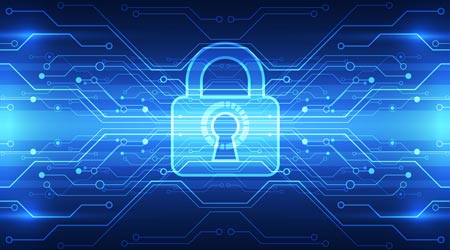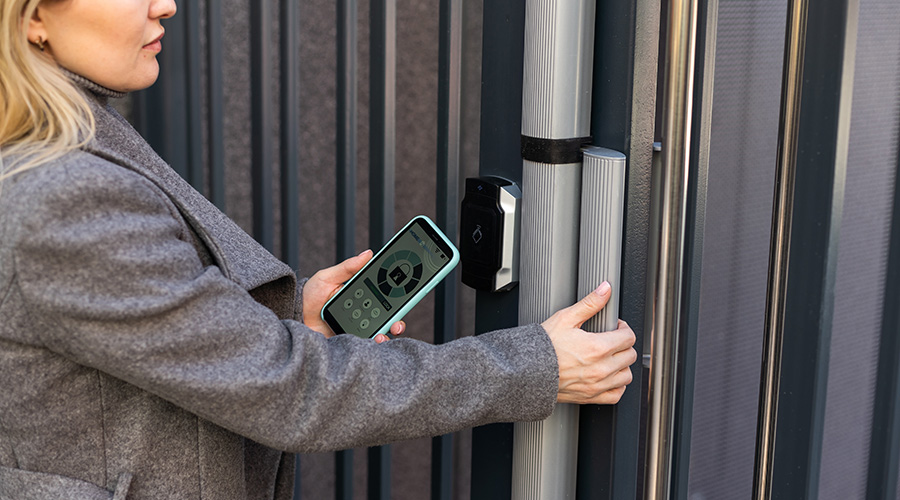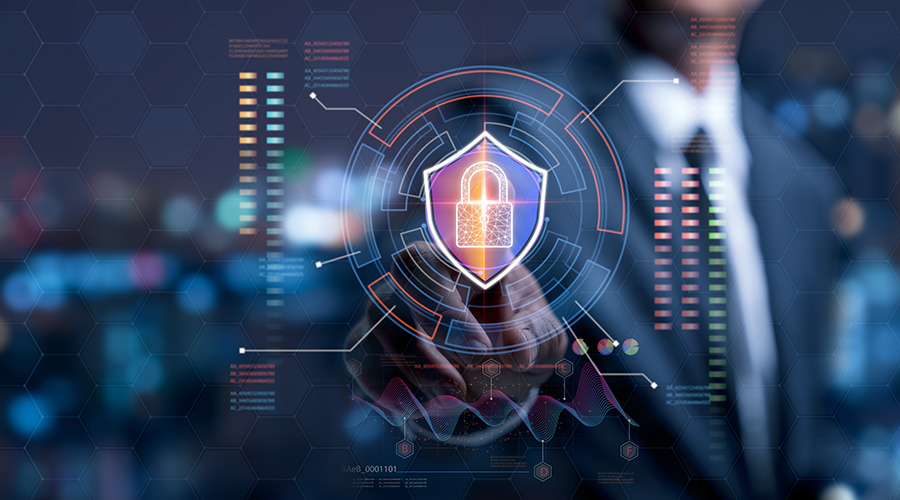Cyber Security: As Tech Becomes More Complex, New Issues Surround Data Security
Part 2 of a 2-part article explaining how smart phones and the Building Internet of Things can help FMs make facilities more secure.
As security systems become increasingly digital and connected, new issues arise around the way data is handled.
One example, according to Wolf, is the use of passive optical networking to replace traditional network infrastructure. Traditionally, the telecommunications infrastructure consisted of a main distribution frame room, which connects cables to multiple intermediate distribution frame (IDF) rooms throughout a facility. Passive optical networking is fiber optic cabling that runs end to end through a facility, connecting devices throughout.
Passive optical networking “cuts out the IDF room, which saves space and the need to cool equipment,” Wolf explains. What’s more, it provides greater bandwidth, which is why, he says, campuses and hospitals in particular are starting to use the technology. It also offers higher security than older systems. “It’s better-protected,” says Wolf. “It’s not as easy to tap into fiber.”
Another benefit is that there is “less likelihood of any sort of electrical or (radio-frequency) interference that could impact communication,” he says. “In a hospital setting, this is another reason why (passive optical networking) is helpful.” Medical imaging equipment and other devices used in these facilities “can generate a lot of this kind of interference,” he says.
The Internet of Things has created a new category of security — cyber security. Building systems are increasingly accessible over the Internet. Having direct access to devices and systems offers a lot of benefits, but, Wolf says, “a lot of times (those devices) are not designed with security in mind.” And the search engine Shodan makes it easy to find devices connected to the IoT. “A clever person who understands that technology can exploit it,” he says.
A hacker who got into building systems could cause “real-world, physical-world impacts,” Wolf says. Already, he says, “the ability to destroy back-up generators” has been demonstrated. Nearly a decade ago, researchers at Idaho National Laboratories who conducted an experimental cyber attack caused a 1-megawatt generator to self-destruct. Back-up generators are both expensive and time-consuming to replace. While a facility is waiting for a new generator, it would be vulnerable, which could be particularly problematic for data centers and hospitals.
“Be aware of (Internet-connected) devices, and know what you’ve got,” Wolf says. “A lot of buildings have grown piecemeal over many years. New pieces get added, or a contractor may add remote monitoring capability,” and some of these changes may not be documented. Facility managers, he says, need to know “what these devices are, where they are, and the external points of communication.” With that information, a plan can be developed for cyber security.
While the Building IoT may be the coming thing in the industry, the next step for an individual facility might be a technology that has already seen fairly wide use. A good example is IP-addressable surveillance cameras that are connected by Ethernet cable. “This has been around for a while, but usage has really accelerated over the last few years,” says Dave Aggleton, president and principal consultant at Aggleton & Associates.
The same is true of biometric readers for access control. Not that the technology has been stagnant. For example, now there is “a device that looks at the geometry of veins in your wrist.” Biometric technology is being used as one step of multiple access requirements in some higher-security facilities, Aggleton says.
Angela Maas is a freelance writer who covers facility management topics.
Email comments and questions to edward.sullivan@tradepress.com.
Related Topics:













